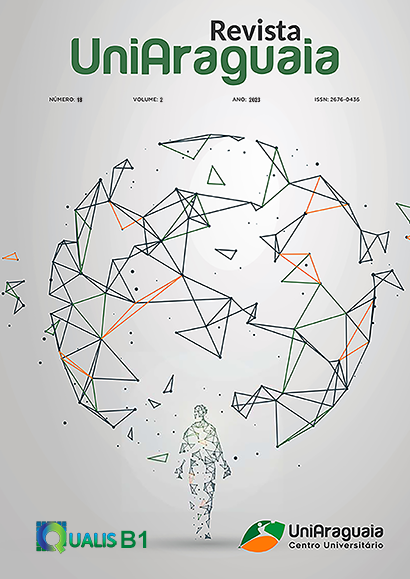ATIVIDADES EXPERIMENTAIS DEMONSTRATIVAS EM CIÊNCIAS DA NATUREZA (AEDCN) COM E PARA AS CRIANÇAS: UMA REFLEXÃO TEÓRICA DIRIGIDA A PEDAGOGOS(AS)
Keywords:
Atividades Experimentais Demonstrativas em Ciências da Natureza (AEDCN). Crianças. Pedagogia.Abstract
O presente estudo desenvolve o tema dos experimentos em ciências para crianças na Educação Infantil (EI) e Anos Iniciais (AI) na geração da metodologia AEDCN, em que se pode pensar propostas de experimentos, também, para os espaços não escolares como Parques, Feiras, Museus da ciência e Centros de Divulgação Científica. A questão que organiza o estudo: que referencial teórico sobre experimentos com crianças, em espaços formais e não formais, pode ser organizado para a formação de pedagogos(as) que vão ensinar ciências utilizando a metodologia dos experimentos? Objetiva-se, de modo geral, uma organização epistemológica para os experimentos em ciências a serem realizados com as crianças. Especificamente, objetiva-se um referencial teórico para os experimentos demonstrativos junto às crianças; em segundo lugar, efetivar a defesa por experimentos demonstrativos na EI e AI, como primeira instância, para se avançar aos experimentos manipulativos. Os resultados indicam a possibilidade de um referencial sobre os experimentos com crianças que, na realidade, deve ser adaptado à EI e AI, pois como a literatura da área apresenta, os textos sobre o assunto são muito pouco desenvolvidos para a formação de professores em cursos de Pedagogia, daí a construção da metodologia da AEDCN. Como consideração final neste estudo aponta-se as AEDCN como uma metodologia possível para o desenvolvimento de experimentos em Ensino de Ciências para crianças, na EI e AI, sob o protagonismo e a autoria didática de pedagogos(as).
Downloads
Published
Issue
Section
License
The copyright of the published articles will be transferred to the Uniaaraguaia Magazine, allowing its subsequent reproduction as transcription and with due citation of source. In the event of acceptance and before the publication of the article, the plaintiff (s) shall write a statement formally transferring copyright to the magazine.
The author may also print and distribute copies of his article, provided that he mentions that the rights belong to the Uniaaraguaia Magazine.
Author rights include the right to reproduce in full or partly by any means, distribute this article, including figures and photographs.
By submitting originals to the Uniaaraguaia magazine, the author or authors express agreement with the following terms:
a) Authors maintain copyright and grant Uniaraguaia magazine the right of first publication, with the work simultaneously licensed under the Creative Commons Attribution license that allows the sharing of work with recognition of the authorship and initial publication in this magazine.
b) Authors are authorized to assume additional contracts separately, for non-expiration distribution of the work version published in this magazine (eg publish in institutional repository or as book chapter), with recognition of authorship and initial publication in this journal.
c) Authors are allowed and are encouraged to publish and distribute their work online (eg in institutional repositories or on their personal page) to any point before or during the editorial process, as this can generate productive changes as well as increase the impact and citation of published work.

